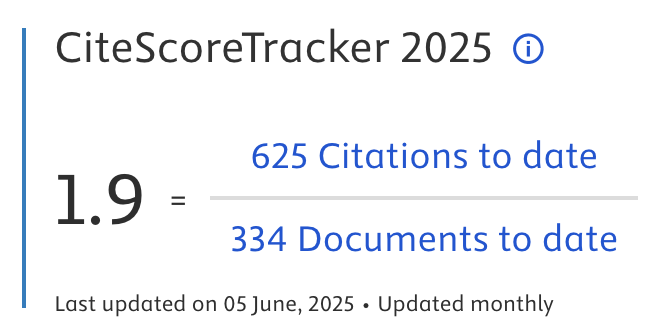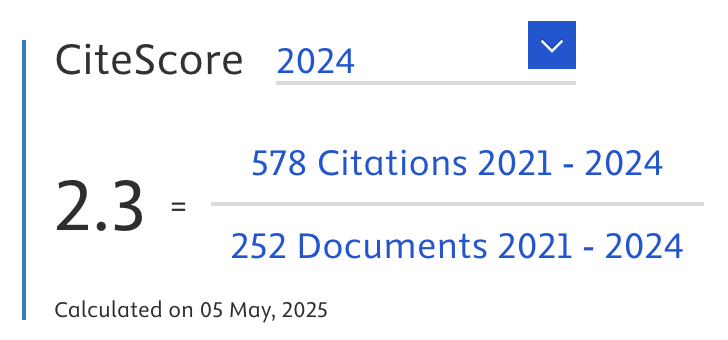A Dual-Fusion Hybrid Model with Attention for Stunting Prediction among Children under Five Years
Abstract
Malnutrition remains a persistent global health challenge, especially among children under five. Traditional assessment methods often rely on static anthropometric measures, which are limited in capturing complex growth patterns. This study aims to develop a robust classification model for predicting the nutritional status of children under five years old, addressing the critical public health challenge of stunting. The model contributes to the growing need for accurate, data-driven early detection systems in child health monitoring by introducing a hybrid framework that combines deep learning and classical machine learning techniques. The proposed approach integrates automatically extracted features from a One-Dimensional Convolutional Neural Network (1D-CNN) with classical anthropometric indicators. These combined features are processed through an additive attention mechanism, highlighting the most informative attributes. The attention-weighted representation is then classified using an ensemble stacking method that aggregates predictions from multiple base classifiers, including decision trees, nearest neighbor algorithms, support vector machines, etc. Synthetic Minority Over-sampling Technique (SMOTE) is applied to the training dataset to mitigate data imbalance, particularly the underrepresentation of severe and moderate malnutrition cases. The research utilizes a dataset comprising 2,789 records of children under five years old collected from community health posts in Indonesia. Data preprocessing included cleaning, normalization, and gender encoding. The model’s performance was evaluated using 5-fold cross-validation and measured by accuracy, precision, recall, and area under the curve metrics. The results show that the proposed model achieved an average accuracy of 99.70% and an area under the curve of 99.99%. An ablation study further demonstrated the significant contribution of each component, feature extraction, fusion mechanism, and ensemble classifier to the final performance. This approach reveals a robust and scalable solution for early nutritional status prediction in healthcare settings.
Article Metrics
Abstract: 160 Viewers PDF: 105 ViewersKeywords
Full Text:
PDFRefbacks
- There are currently no refbacks.

Journal of Applied Data Sciences
| ISSN | : | 2723-6471 (Online) |
| Collaborated with | : | Computer Science and Systems Information Technology, King Abdulaziz University, Kingdom of Saudi Arabia. |
| Publisher | : | Bright Publisher |
| Website | : | http://bright-journal.org/JADS |
| : | taqwa@amikompurwokerto.ac.id (principal contact) | |
| support@bright-journal.org (technical issues) |
 This work is licensed under a Creative Commons Attribution-ShareAlike 4.0
This work is licensed under a Creative Commons Attribution-ShareAlike 4.0





.png)